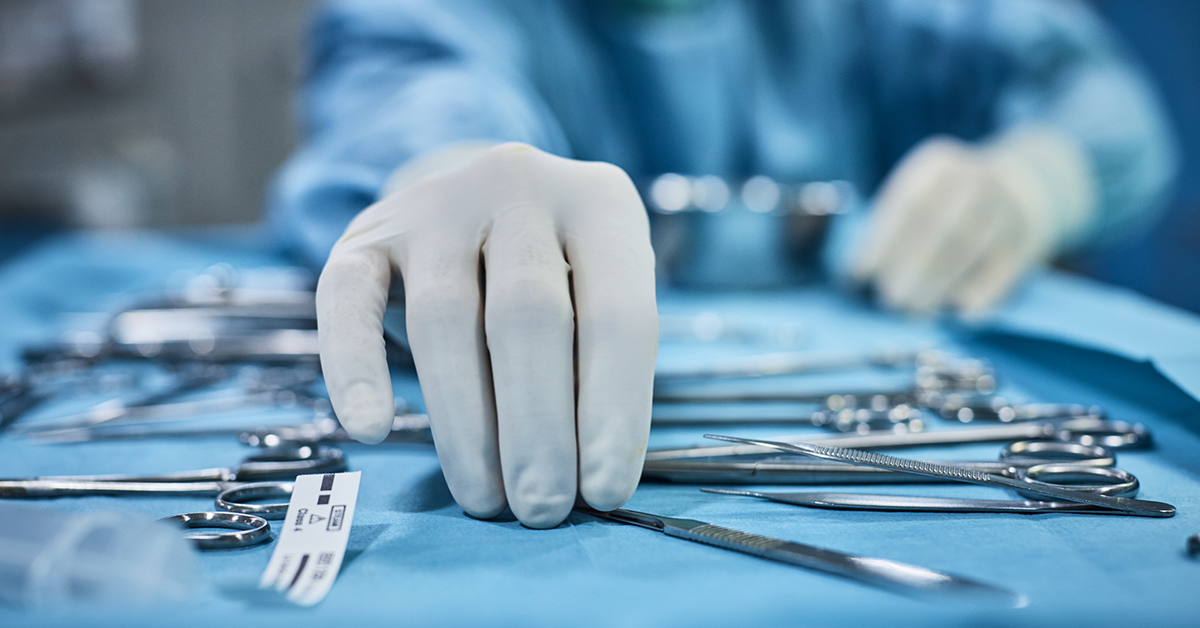
The Important Role Plastic Surgery Plays In Cancer Treatment
-
Plastic surgery might make you think of nose jobs and reality stars. But this specialty plays an integral role in effective cancer care for many patients.
Cancer treatment can sometimes damage the function or appearance of a part of the body. Reconstructive plastic surgery can help repair those changes.
Both cosmetic surgery and reconstructive surgery are types of plastic surgery. However, reconstructive surgery is done for a medical reason, which is why insurance companies will typically pay for reconstructive surgery needed after cancer treatment.
Reconstructive microsurgery is a sub-specialty that utilizes microscopes and precision instruments. It can repair severed nerves and blood vessels smaller than a strand of hair.
Both reconstructive surgery and reconstructive microsurgery can have a tremendous impact on the health and wellbeing of cancer patients.
“There’s a lot of reward in what we do,” said Neal S. Topham MD, FACS, Chief of Plastic and Reconstructive Surgery at Fox Chase Cancer Center. “Making an impact on a patient’s quality of life is why our work is so important.”
Common reconstructive procedures
Breast reconstruction after cancer is a well-known surgery. But reconstructive surgeons do many other cancer-related procedures as well. They move tissue around the body and craft body parts changed by illness or treatment. This is often done with head and neck cancers, for example.
“I recently worked on a case where the patient’s cancer surgeon took out the larynx,” Topham said. “So the esophagus was wide open. My job was to repair the esophagus. To do that, I took tissue from the leg and shaped it into an esophagus.”
With breast reconstruction, Topham said his goal is to help restore patients to their former form.
“I put them back to where they started—or at least to a point where they can be comfortable without feeling like they have a huge defect,” he said.
Wound experts
Many times, reconstructive surgeons are involved in the surgical cases of patients where their role may not be obvious.
“What people really don’t know about reconstruction is that we take part in a lot of surgical procedures for cancer, just not necessarily as the primary surgeon,” Topham said.
Reconstructive surgeons are experts in stretching skin and closing wounds, so they are often part of the team of surgeons who are operating on a cancer patient. Once a tumor is removed by a primary surgeon, the reconstructive surgeon will use special techniques to close the wound and then follow the patient through their recovery to make sure they are healing properly.
“We have very complex ways of closing things that other surgeons don’t have in their tool belt,” Topham said. “These techniques can help a wound heal in the best way.”
Ever-changing techniques
How surgeons perform reconstructive work is rapidly evolving. For instance, new 3-D modeling technology is improving reconstructive microsurgery.
“When bone needs to be removed—such as leg bone that will be used to reconstruct missing jaw bone—we can get data from a CT scan and create the patient’s own 3-D structure on the computer,” Topham said.
This tool enables the surgeons to develop a detailed plan before the surgery.
“What results is a guide that creates very specific puzzle pieces that you can put together,” Topham said. “That has been shown to dramatically decrease surgery time and increase how specific and exacting everything is created. That’s one of the big advances in microsurgery.”
Other advances in reconstruction may not be as flashy, but make a meaningful difference in patients’ comfort level. For example, women undergoing breast reconstruction often need tissue expanders to make room for their eventual implant. This usually requires weekly office visits to add fluid to the expander. It can be a painful process.
Now, new air expanders inflate gradually. Patients don’t feel it, and they don’t need so many office visits. It helps people move forward with their lives—which is the goal with reconstructive surgery.
“It’s so satisfying to do these major procedures that can help people move on with their lives after cancer,” Topham said.
The benefits of reconstructive surgery at a major cancer center
There are plenty of plastic surgeons in private practice who perform reconstructive surgery. But there are advantages to having surgery done by specialized surgeon at a major cancer center like Fox Chase.
“The main advantage is all the doctors are connected, so when you see your primary surgeon, they will refer you to a plastic surgeon,” Topham said. “At Fox Chase, we’re used to working together and communicating with each other. Medical records are shared. We routinely work together on the same day, on the same patient, in the same OR."
He added, “Here, our focus is cancer. So, if you have cancer, it’s nice to go to the people who are pushing the cutting edge in all areas of cancer care, including reconstructive surgery.”
Read more about reconstructive surgery at Fox Chase. To request an appointment with one of our plastic and reconstructive surgeons, call 888-FOX-CHASE (888-369-2427).
